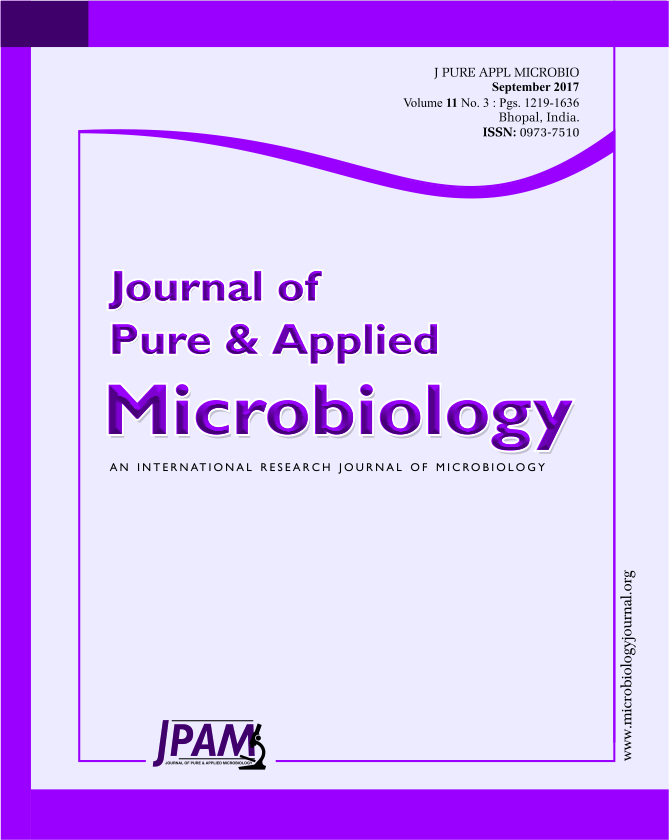Bio-ethanol used today is mainly produced from sugar cane and cereals, but reducing the production costs of ethanol is still crucial for a viable economic process. Cellulose from plant biomass will be the next cheaper raw material for second generation fuel ethanol production. Saccharomyces cerevisiae and Schizosaccharomyces pombae are the common industrial yeast strains used for the production of ethanol from various substrates derived from agricultural commodities. In the present study, ethanol was produced from various substrates such as molasses, sugarcane juice, sugarcane syrup, jaggery, grapes, beet root, orange and rice substrates by using Saccharomyces cerevisiae and Schizosaccharomyces pombae. The experimental study shows that the biomass production declines progressively when the ethanol accumulates in the surrounding medium after the production of ethanol. However, the conversion of ethanol was achieved in batch fermentation process at optimum temperature and the internal pH of the fermentation medium at laboratory level. The yield percentage of ethanol for the above substrates were analyzed and compared for different carbon sources. Among different substrates, Jaggery and Molases showed higher ethanol yield as 95.2% and 93.5% respectively. Among the two species of yeast studied, Saccharomyces cerevisiae yielded higher percentage of ethanol than Schizosaccharomyces pombae in batch fermentation process. The present study concludes the effect of various carbon sources on production of ethanol with two different industrial yeast strains such as Saccharomyces cerevisiae and Schizosaccharomyces pombae are vary in similar conditions of ethanol production process.
Ethanol fermentation, Saccharomyces cerevisiae, Schizosaccharomyces pombe, molasses, cane juice, rice, grapes, amylase, beetroot and Biofuel.
© The Author(s) 2017. Open Access. This article is distributed under the terms of the Creative Commons Attribution 4.0 International License which permits unrestricted use, sharing, distribution, and reproduction in any medium, provided you give appropriate credit to the original author(s) and the source, provide a link to the Creative Commons license, and indicate if changes were made.


